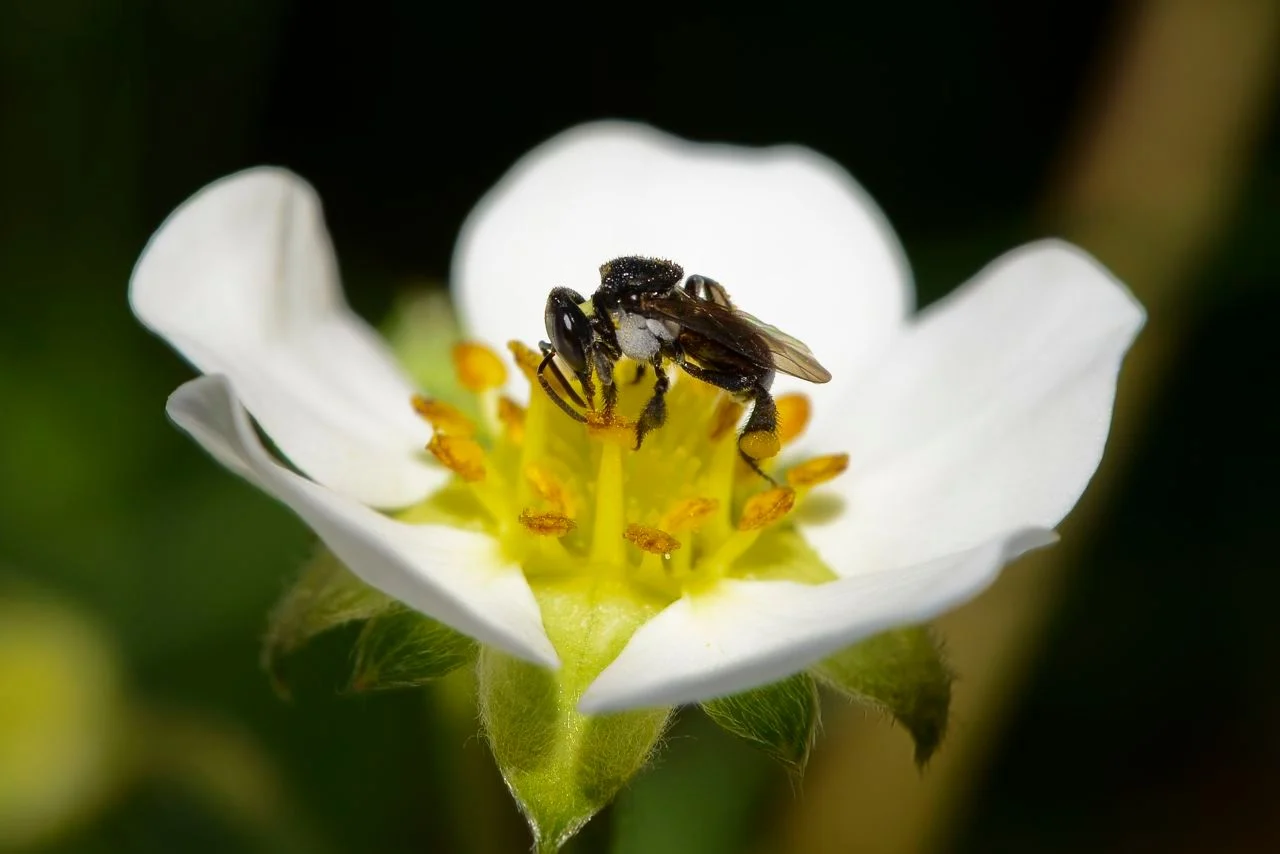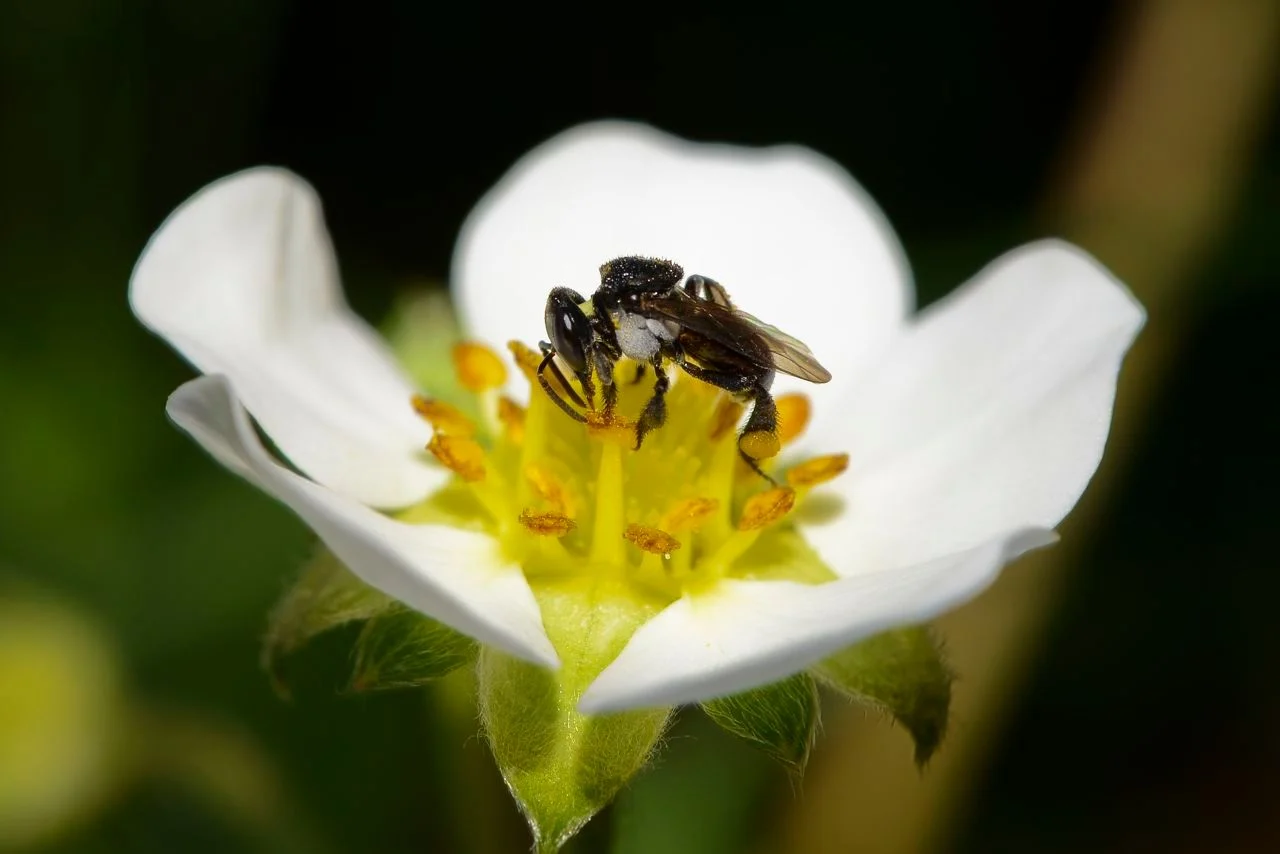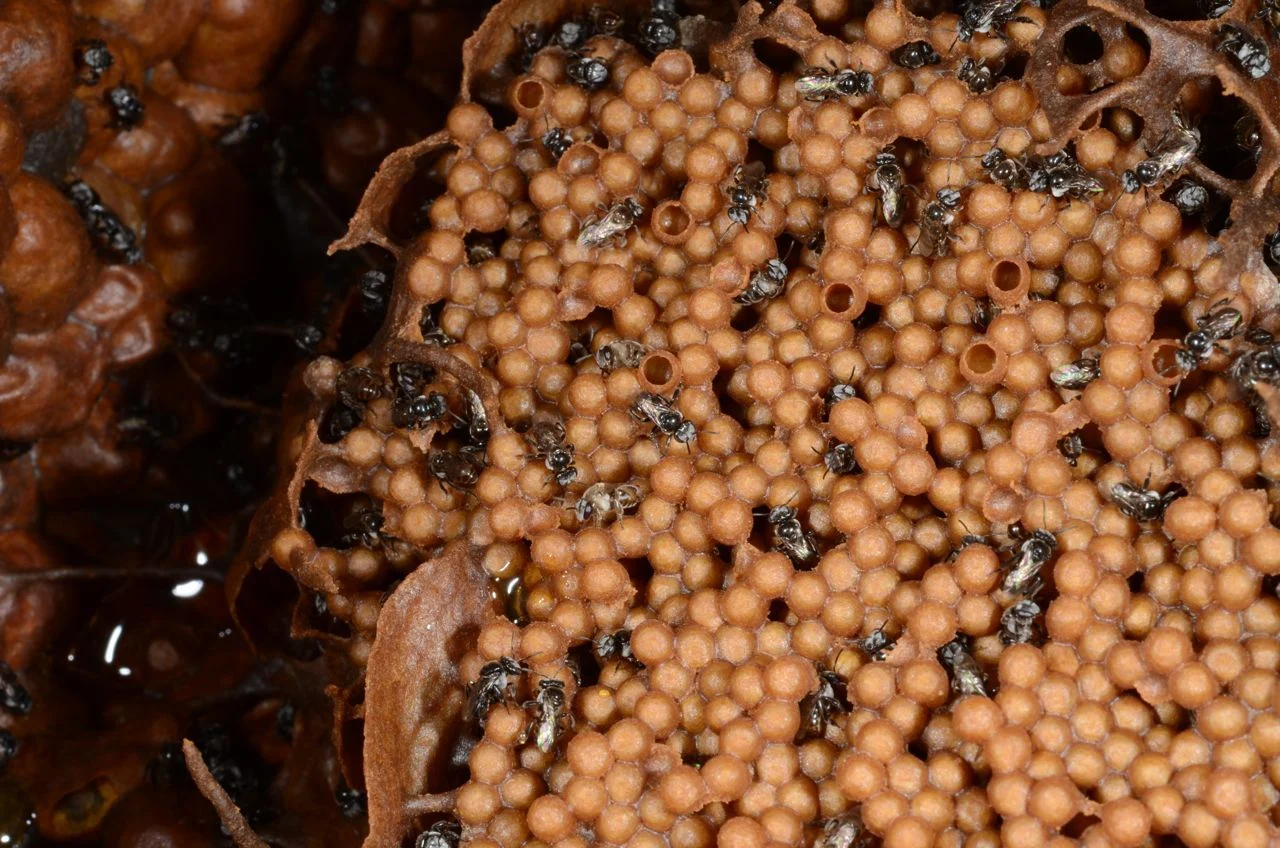
Rare stingless bees discovered by four-year-old girl in California
Scientists were under the impression the stingless bees had disappeared from the U.S., going unnoticed for 70 years until Annika Arnout found them.
The curious nature of a child has led to the discovery of a rare type of bee that was believed to be long gone from the United States.
Four-year-old Annika Arnout, who lives in Palo Alto, Calif., recently stumbled upon two colonies of stingless bees, which are normally found in Brazil and other countries outside of North America. Also known as meliponines, stingless bees are the largest group of eusocial bees in the world.
SEE ALSO: Pollinator Park: What a world without pollinators could look like
Scientists were under the impression the bees had disappeared from the country, going unnoticed for 70 years until Arnout found them.
The colonies were sent to the state's Department of Food and Agriculture Plant Pest Diagnostics branch for inspection, as well as Stanford professor George Shafer.
It was determined that the stingless bees Arnout found were likely descendants of ones brought in as United States Department of Agriculture (USDA) pollinators in the 1950s. In that era, USDA was searching for bees to help spur the size of fruit and vegetable crops.
“In 1950, the USDA asked a Brazilian researcher to send them bee colonies to see, to have alternative pollinators,” said Martin Hauser, a senior insect biosystematist, in an interview with CBS News. “He sent them in the '50s to Gainesville, Florida, Logan, Utah, and Davis and Palo Alto. And he said all the bees died in one year.”

Stingless bees. (Tobias Smith, UQ)
Hauser didn't know of the existence of stingless bees from Brazil until almost 20 years ago. He received a submission from a "pest control guy" in Palo Alto, he said, and originally thought it was a prank.
Only the populations that were sent to Shafer had managed to live in Palt Alto for eight years, according to Hauser.
NO STING FOUND IN FEMALES
The stingless bees differ from honeybees in many ways, including body and colony size, nesting biology and queen production.
A distinct difference between the two species is the morphological aspect related to the sting. This is a defence structure found in females of the Apis mellifera (European honeybee) species, according to a 2019 study. Meanwhile, the females of meliponines (stingless bees) have no sting, nor do they present a withered form of it. Instead, the subfamily Meliponinae had formed other defence features such as a strong bite.

Stingless bee brood (Tobias Smith, UQ)
More than 600 species of the stingless bees have been accounted, distributed across tropical and subtropical areas around the world. They are known to habitat South America, Central America, south of North America, Africa, southeastern Asia and northern Oceania. But a good number of them are found in Brazil, which contains more than 200 species in 29 genera throughout.
Despite Arnout's discovery, the bees aren't official. Although there has been accidental sightings for more than 100 years, the insects still don't have a name. However, to recognize Arnout's finding, there have been recommendations that the stingless bees from Brazil be named "Annika's Bees."
"It shows us when you have a new perspective with the eyes of a child, she just looked at that and she just — there's something different for these bees," Hauser said.
Thumbnail courtesy of Tobias Smith, UQ (University of Queensland).
Follow Nathan Howes on Twitter.






